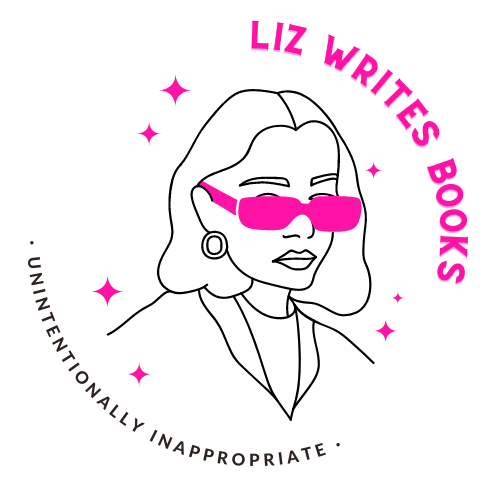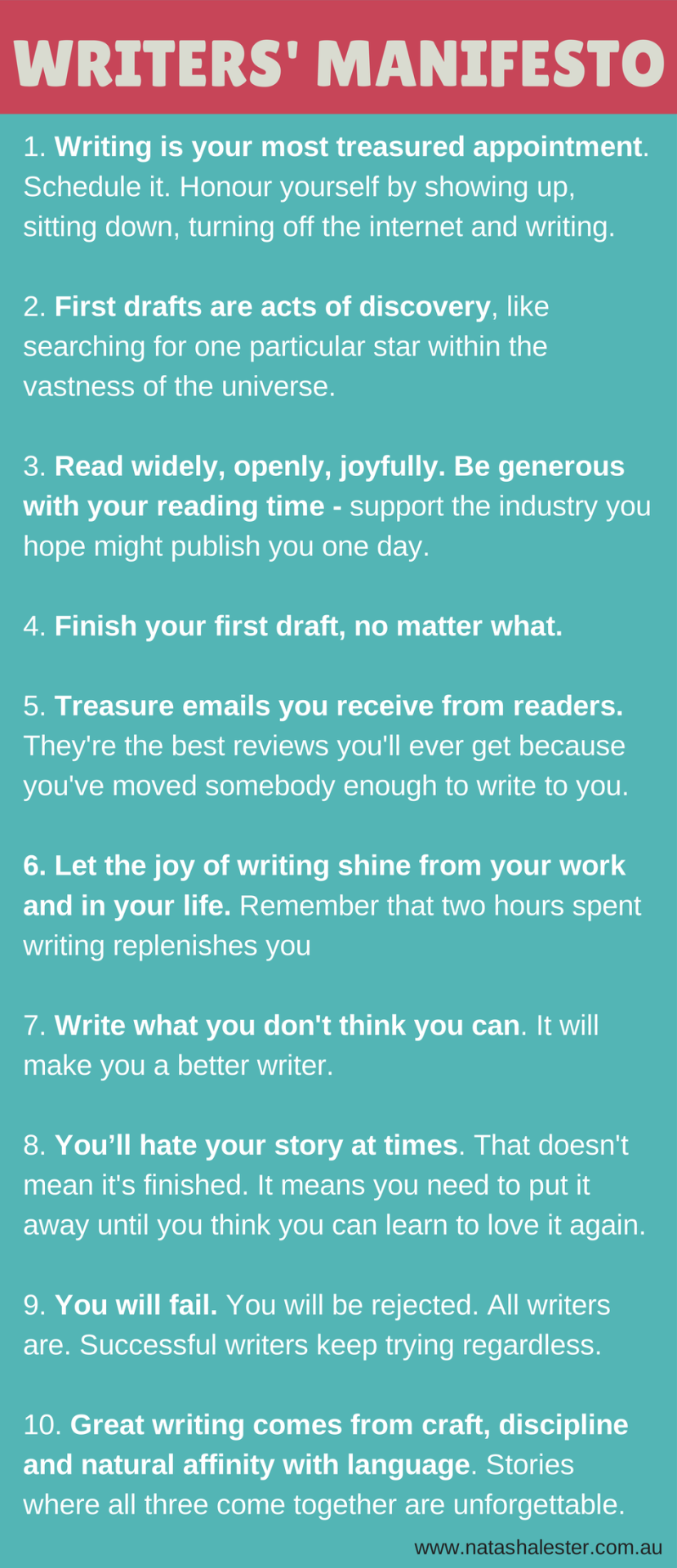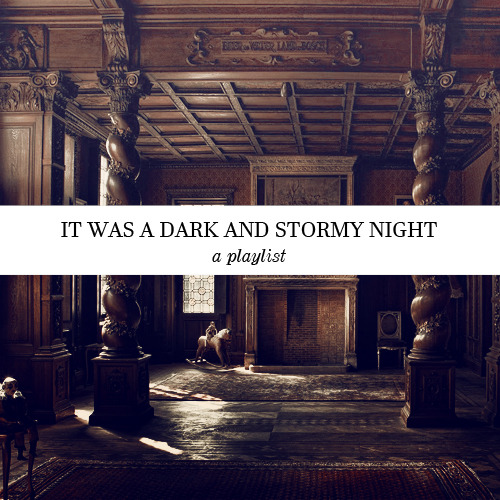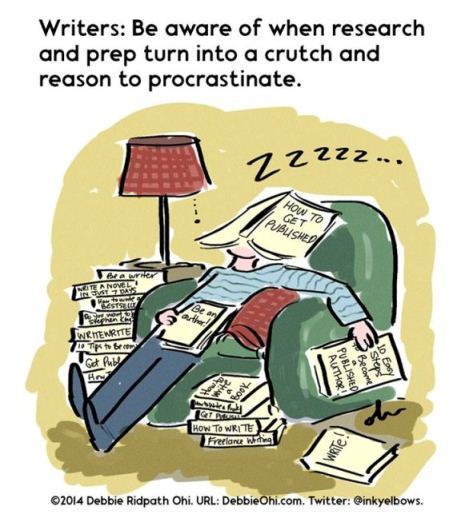Jeffrey Archer spends three years plotting. Stephen King says he doesn’t plot. John Grisham uses a master plot formula. Whichever way works for you, you still have to get from scene one to scene 60. The question is how? The easy answer is by writing. No sh*t, right? Is that all?
I have mentioned before that I like to plan, but I don’t do much more than an outline. In this post, Why Writers Should Always Make a Scene, I explained why I list my scenes and how I keep track. My first outline has around 20 scenes.
Sometimes I stare at the list all day and think I have exhausted all the avenues. I think this story is dead and I suck. I am convinced there is not one single scenario I can add, or worse, I start improvising 40 extra scenes because I have to and that becomes forced. When I start adding scenes simply to make up numbers I am going to write myself into trouble.
What can I do? Once the tears have dried and the Xanax has kicked in, I’ll go back and think about what I want to do.
First, I will confirm my story goal.
Second, I check that every scene I already have has a goal. The scene goal should be either to move my protagonist closer or further from the story goal. The scenes that are forced will fall away.
Third, I will have fewer scenes. Bad, right? Not really. Try this. I will make sure I am utilising my existing scenes. I have to make the most of them.
The Cell Phone Reaction
Let’s say my protagonist is having a lovely afternoon. She has just solved a difficult work problem. She left early to celebrate and is on her way home when her phone dies. The battery is flat.
Think of three reactions she could have:
- She can ignore it. Nothing is urgent. She is happy to have a tech-free afternoon. Who is desperate to get hold of her?
- She can stop and buy a charger for her car.
- She can stop at her best friend’s house for a chat and use her charger.
Now think of three scenarios that can happen if:
She ignores it:
a) Her boss is calling to say her plan failed. He can’t get hold of her so her pushy colleague takes over.
b) Her husband was in an accident, he called to say goodbye and she missed his final words.
c) Her mother freaks out when she can’t get hold of her and she arrives home to find her house inundated by cops and her hysterical mother directing the search for her mangled body.
She buys a charger:
a) She runs into an ex-boyfriend at the store. They go for a drink.
b) She sees her husband walking in with another woman. They are very cosy.
c) The store she is in is robbed and she is taken hostage.
She visits her BFF’s house:
a) She arrives at her friend’s house to find her husband’s car in her friend’s drive way. Why is he here?
b) Her friend is drunk at 3pm.
c) Her friend isn’t there, but she finds her friend’s neighbour snooping around the back of the house.
Not all of scenarios are going to work for your story, but one or two should add to your plot. Now improvise three more scenarios for the ones you chose. Look at how far a dead cell phone can go.
As writers we introduce and add as we go along. Sometimes we should stop and look at what we have and consider what we can use again. A dead cell phone can go from an annoying inconvenience to a sub-plot.
by Mia Botha for Writers Write



